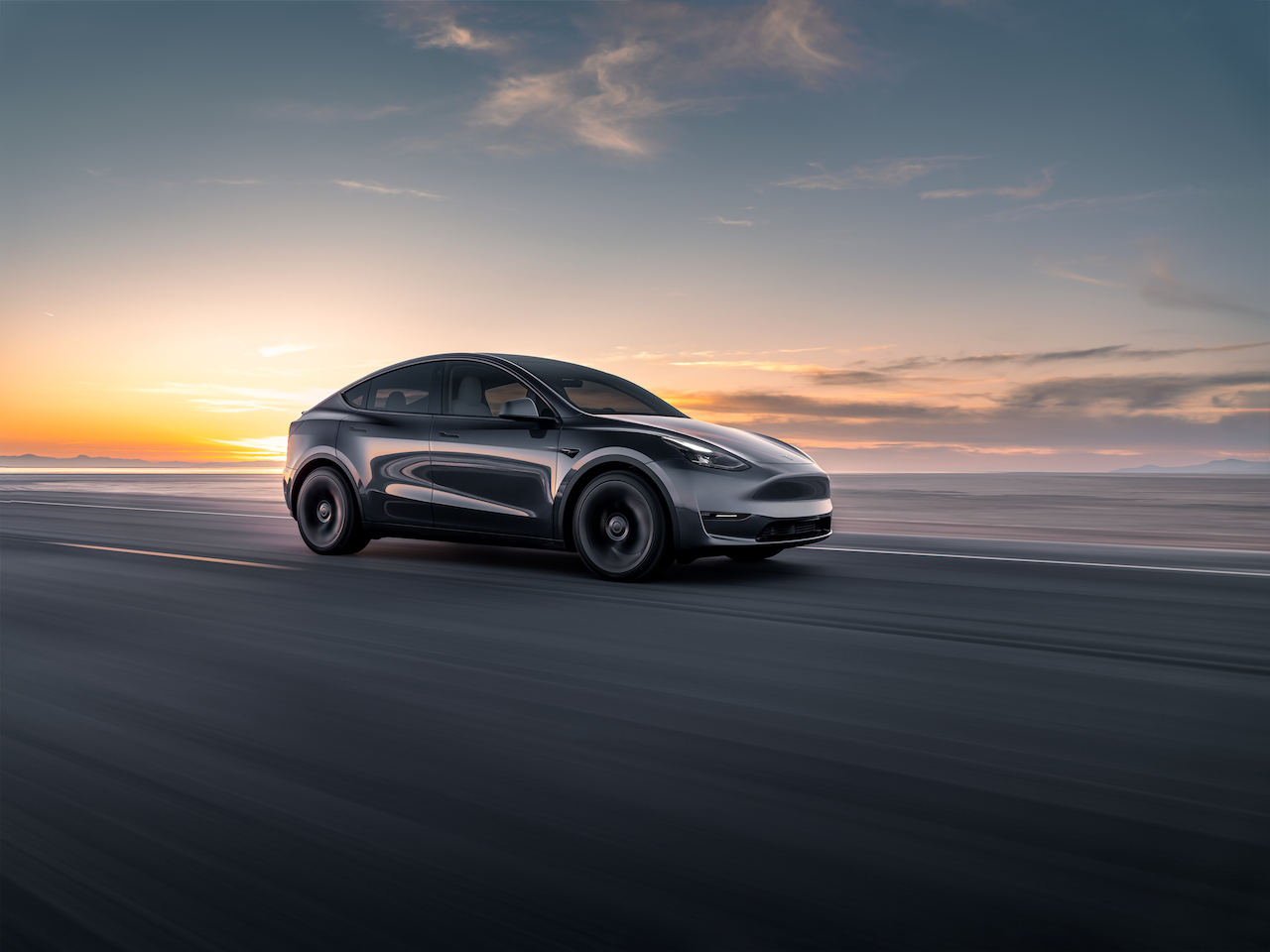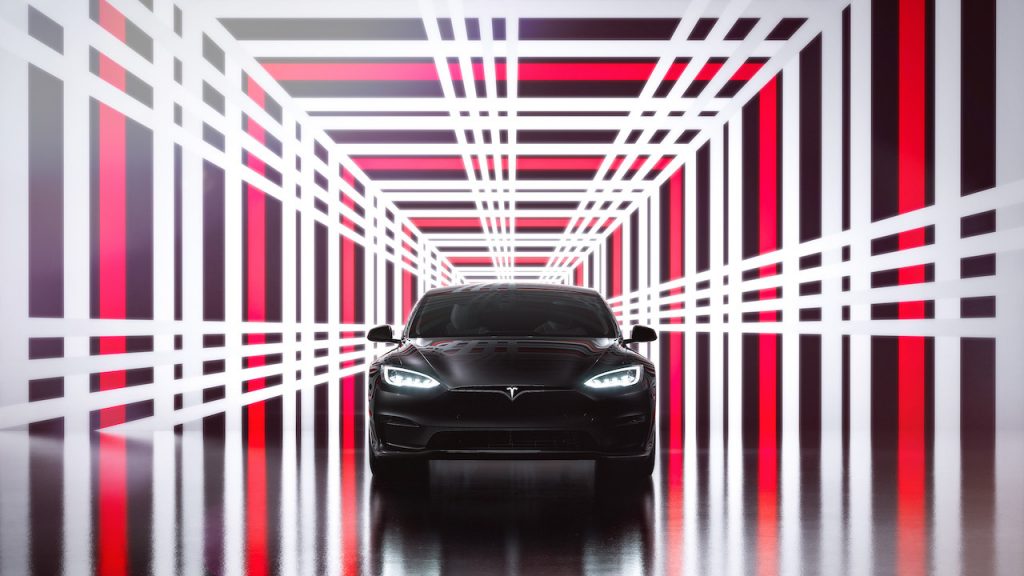An investigation into claimed unintended acceleration by Teslas has been continued by the National Highway Traffic Safety Administration (NHTSA) in response to a petition.







Nearly all of the 1.8 million Tesla Model S, Model X, Model 3, and Model Y vehicles produced in the U.S. are included in the study.

This reverses the NHTSA’s earlier decision to turn down a request for additional research into unintended acceleration in Tesla EVs in response to consumer complaints. The NHTSA initially received the petition requesting a probe into Tesla’s unplanned acceleration in January 2020, but the safety regulator rejected it a year later.

The choice to carry on with the investigation was made in response to a petition from Ronald Belt of Plymouth, Minnesota, who alleges that previous tear-downs have revealed new details about the inverter design that have improved understanding of the component’s function.

A flawed inverter design makes it possible for Tesla’s low-voltage system to perceive negative spikes as a full acceleration order even when the driver does not press the accelerator. This is achievable because the inverter calibrates the accelerator pedal position (APP) sensor using a voltage reference derived from the 12-volt system. It also explains why, despite drivers’ claims that the accelerator wasn’t touched, the records reveal that the pedal was fully pressed down.

According to engineering data, the 12-volt system powers a very high current motor used by the steering assist system. Due to the weight of Teslas, the driver assistance motor requires more than 100 amps to turn the wheels when the car is stopped. The 12-volt system’s voltage drops to almost zero volts for several hundred microseconds as a result.

This alone does not result in a sudden unintended acceleration. However, if a recalibration is started during this time, an inaccurate calibration voltage that is extremely close to zero volts will be generated. It will last until another ADC (Automatic Distance Control) calibration is carried out, which can be minutes from now, according to the researcher’s findings. When the calibration is carried out using flawed data, it may result in a spike comparable to fully depressing the accelerator.

Even worse, the falsely increased sensor signals will be transmitted to the vehicle logs over the CAN bus (Controller Area Network), leading Tesla and NHTSA to believe that the driver was to blame for the unexpected rise in torque by depressing the accelerator. The sudden acceleration in this instance, however, was not brought on by the driver flooring the accelerator pedal, but rather by the chance superposition of a negative-going voltage spike, which lasts for about 100 microseconds, and the analog-to-digital converter’s sampling time, which lasts for about 10 microseconds. The low frequency of unexpected acceleration in Tesla cars is explained by this random superposition.

However, it’s important to note, pending the outcome of the investigation, that some Tesla hackers have disputed Belt’s assertions, asserting that the inverter design mentioned in the petition is not the same as what Tesla employs.
I'm sure people have seen this "paper" describing how SUA happens in a @Tesla.
— Jason Hughes (@wk057) July 5, 2023
This is basically just a hit piece made to look like something technical. People with actual technical knowledge of the working of a Tesla drive unit can debunk it instantly.
First off, it's… https://t.co/1O26KsFIQk
Another Tesla hacker thinks that anyone with a spare inverter controller PCB (printed circuit board) should be able to easily test the assertions in the petition.
That test and many more will likely be part of the NHTSA’s examination to see if the allegations in the petition are accurate.

However, by purposefully feeding the incorrect calibration voltage into the inverter, the researchers went even farther and were able to validate their theory. The 12-volt supply can briefly fall to 2.14 volts, which can cause them to enter 0.28 volts or less than the anticipated 1.65 volts, which causes the APP sensor to detect readings comparable to floor the accelerator pedal. Without the driver pressing on the accelerator pedal, this results in sudden unintended acceleration.

The study provides two solutions to this issue as well. In the first, a second 12-volt supply line is added, complete with a battery and DC/DC converter of its own. To give clean power to these functions, this should only be utilised to power the APP sensors and the ADCs. The second option is to change the calibration procedure software by first verifying the calibration voltage. The latter simply needs a software update, making it significantly simpler and less expensive to install in current cars.

With Tesla making its official debut here in Malaysia soon, would these issues occur here? We hope that it does not and that this issue is solved before Malaysians are able to officially buy Tesla models here. Evidently, there is no available data on this matter occurring here in Malaysia with the grey market Tesla models.
Next week, Elon Musk will meet with Prime Minister Datuk Seri Anwar Ibrahim to discuss possibilities for the giant electric vehicle company to increase investments in Malaysia. Do you think this topic will discussed?





















